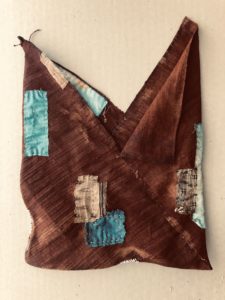Uzbek Ikat: The Personal Saga of an Exceptional Cloth
Marilyn’s textile journey started with pack animals, llamas to be precise, and rapidly moved from there to spinning, then knitting, then weaving, and then to exploring textiles around the world. In the process, she became passionate about learning a wide variety of textile folk arts. She shares her knowledge through demonstrations at museums, projects with children, and through her book “Creative Crafts of the World.”
Our program this month will be a blend of travelogue and technique. We will explore the traditional Ikat techniques of the Uzbek people in Central Asia. In Marilyn’s own words:
Experience the exotic in your own home town; travel to Central Asia in this multi-media presentation. We have all seen Uzbek Ikat on the runway in New York and London, now travel back to Uzbekistan with Marilyn to watch the process of its production. Each thread manipulated, dyed, and woven into exquisite cloth – truly hand-crafted. Plus, a show-and-tell after the presentation.
Marilyn’s presentation will be followed by a question and answer session, and then by our own guild Show and Tell.
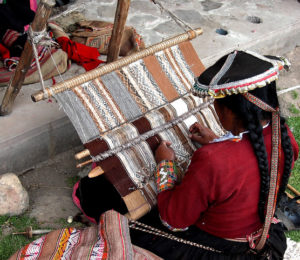
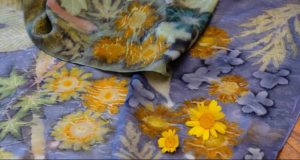
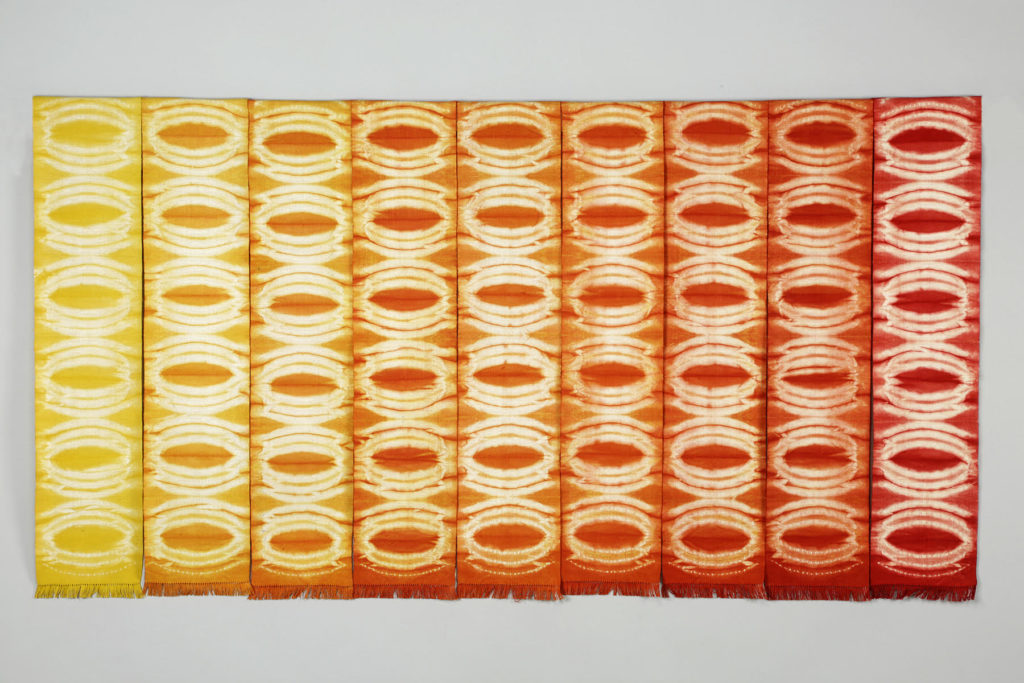
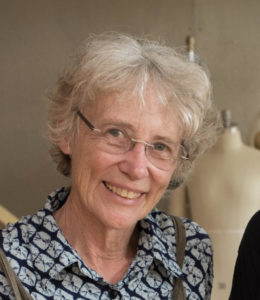
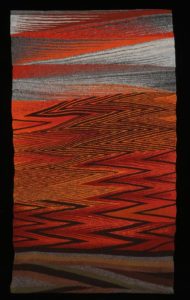
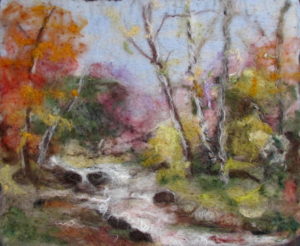
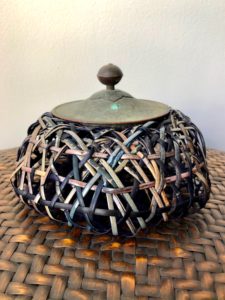 Black Sheep member Barbara Shapiro will share the productive burst of artistic output inspired by moving her studio in January 2020 and by current personal and political events. The sequestration that Covid forced upon us all brought forth lots of new work in several series. Unfinished and abandoned projects from years ago were seen with new eyes and finally finished. Newly discovered materials inspired different ways of working. And as always, Indigo colored her materials. Barbara hopes to inspire you to look at your own work in new ways as you enjoy this saga of 20-21 in her studio in the time of Covid.
Black Sheep member Barbara Shapiro will share the productive burst of artistic output inspired by moving her studio in January 2020 and by current personal and political events. The sequestration that Covid forced upon us all brought forth lots of new work in several series. Unfinished and abandoned projects from years ago were seen with new eyes and finally finished. Newly discovered materials inspired different ways of working. And as always, Indigo colored her materials. Barbara hopes to inspire you to look at your own work in new ways as you enjoy this saga of 20-21 in her studio in the time of Covid.